- Joined
- Aug 4, 2008
- Messages
- 15,699
I don't think they are either.arkieb1|1386751748|3571844 said:I don't want this to be a dob in the vendors either because I think all three that I mentioned unlike many less scrupulous ones out there are not intentionally trying to mislead their customers.
It is an easy way to try and explain a complex subject, it just happens to be potentially misleading because of the way diamonds are graded.

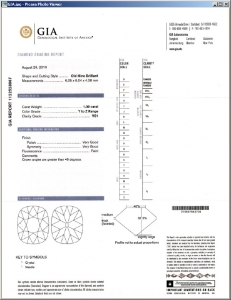
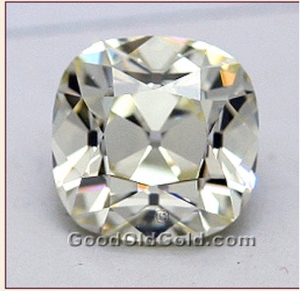
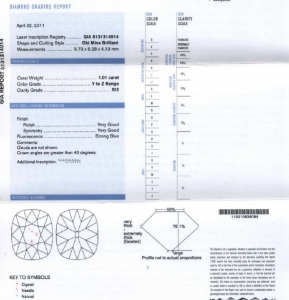

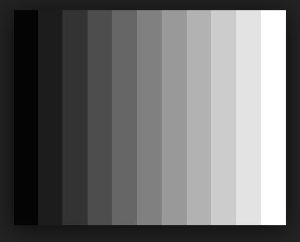
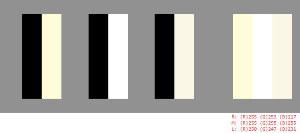
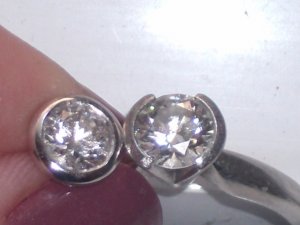
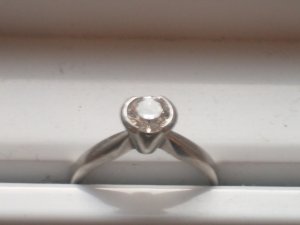
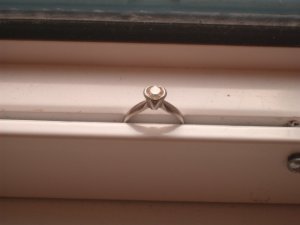
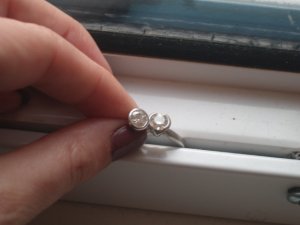
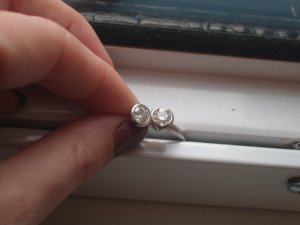
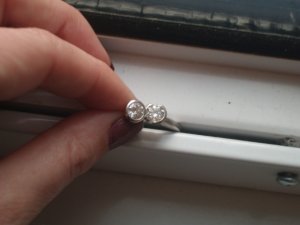
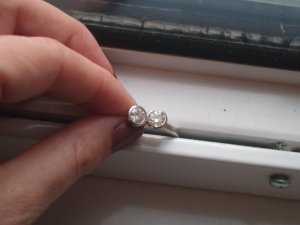
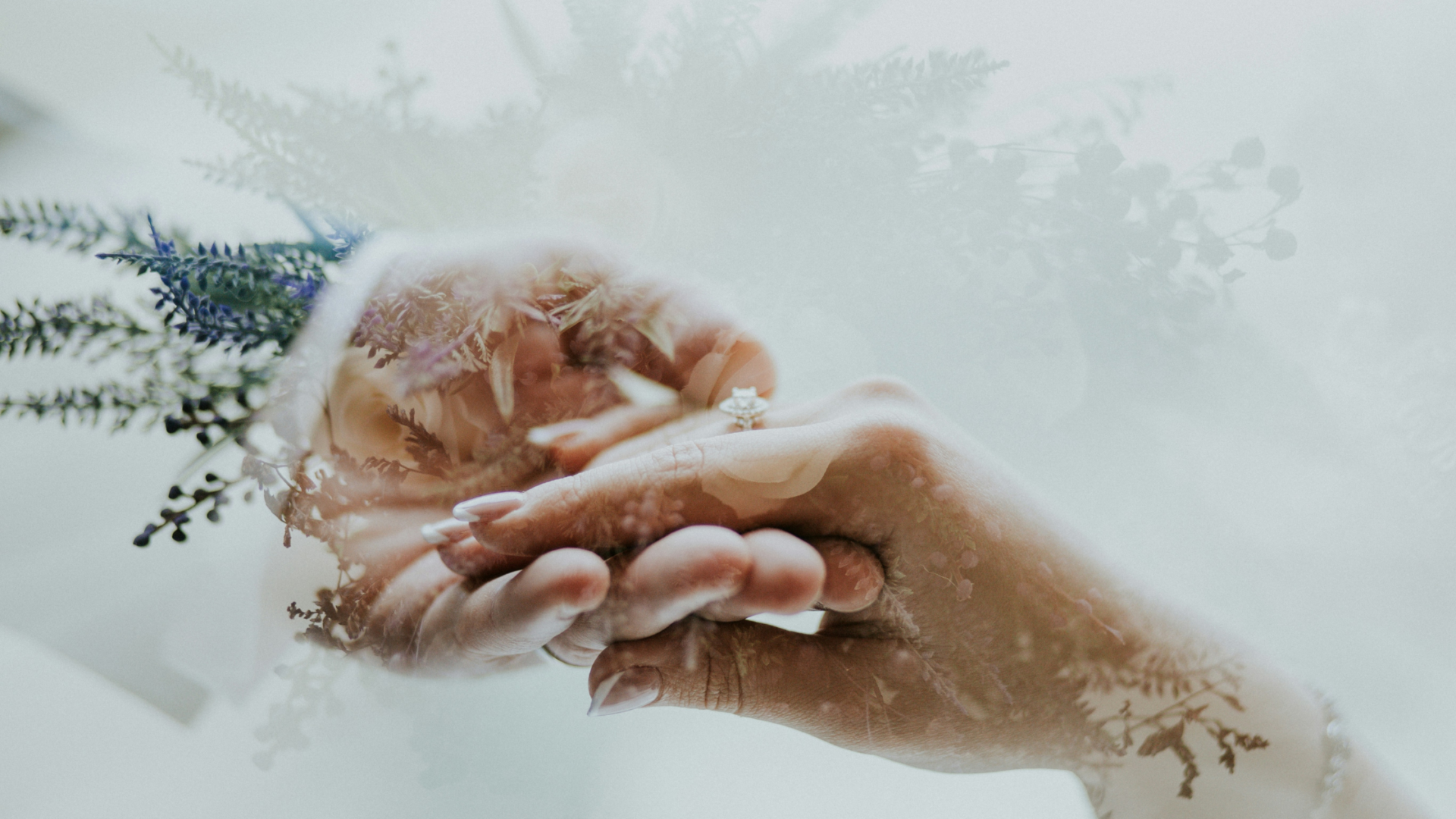

300x240.png)